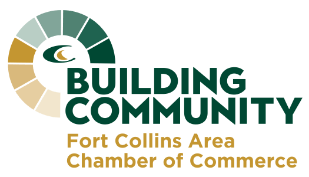“How Does Your Town Stack Up?”
That’s the headline of a recent story on Money.com. When you click the link, you access a tool for comparing communities against national averages and each other.
The data points are limited but interesting nonetheless.
For instance, the median household income in Fort Collins is $55,257 versus $44,749 nationally, $60,269 in Boulder, and $45,322 in Greeley. Out of curiosity, I tossed in a few other places I have lived and came up with $44,893 in Independence, Missouri, $43,664 in Sarasota, Florida, and a whooping $123,400 for Vienna, Virginia, in suburban Washington, DC.
Income is interesting, but how far does it stretch?
Cost of living and median home price are good indicators. On Money’s Cost of Living Index the national average is 100. Against that, Fort Collins is 105.4, Boulder is 110.8 and Greeley is 97.8. Basically, Fort Collins is 5.4 percent more expensive than average, Boulder is nearly 11 percent higher, and Greeley is less expensive. On my personal list, Vienna weighed in at a hefty 122.5
Housing costs are a big driver in cost of living. Per Money’s data — which is good for relative comparative purposes,, but is now a bit behind due to the recent run-up in housing prices — Fort Collins’ median home is valued at $256,000 versus the national average of $207,995, and $450,000 in Boulder and $184,900 in Greeley. Again, the heavy on my personal list was Vienna, at $648,750.
The relative difference in housing costs between the three Northern Colorado communities is striking and the result of years of land-use policies adopted by the respective city governments. Building permit fees, zoning laws, building codes, open space acquisitions, inclusionary zoning, wildlife corridors, historic preservation requirements, maximum building height restrictions and other government mandates add to the costs.
The point I’d make here is that as Fort Collins policy-setters think about the community’s “affordable housing problem” they might want to consider that to a large degree it’s actually a self-created housing affordability issue. The wrong way to “solve” the problem would be by imposing even more restrictions and costs on development, residential or business.
In that regard, it will be interesting to see what happens this fall in Boulder. Voters there are considering a ballot measure called Neighborhoods’ Right to Vote on Land Use Regulations. In essence, the rights of property owners to use their own property could be overridden by a vote of their neighbors. If it passes, you have to wonder what impact such veto power will have on the cost of housing in an already expensive market.
Finishing off the Money comparisons, Fort Collins does well in other areas compared to the national average, including average state and local income taxes ($3,448 Fort Collins versus $4,496 national), projected five-year job growth (9 percent versus 7 percent), crimes per 1,000 people (28 versus 44) and percentage of adults who have graduated from high school (95 percent versus 86 percent).
These types of tools, imperfect as they can be, are interesting to look at because they reflect the accumulated results of past public policy decisions.
Originally published by The Fort Collins Coloradoan 9/10/2015
